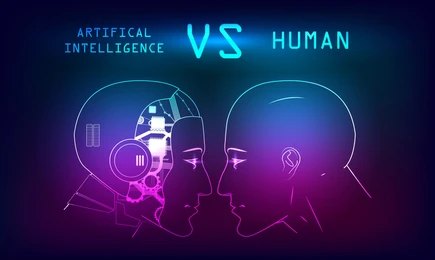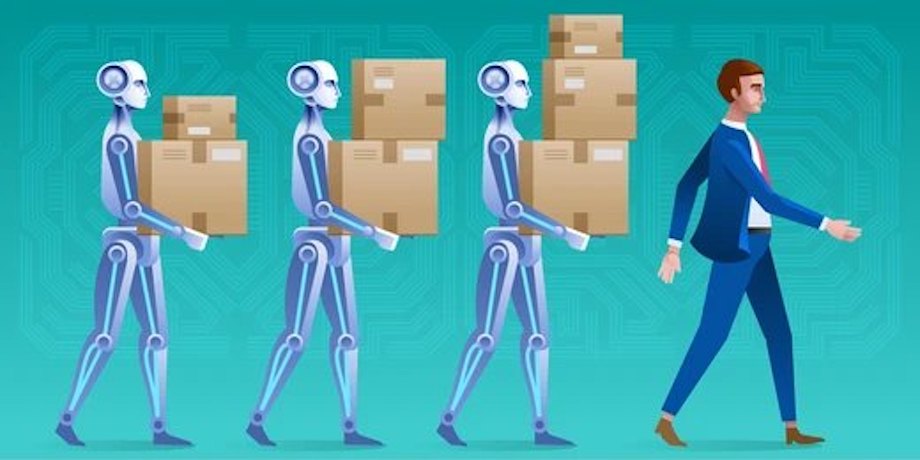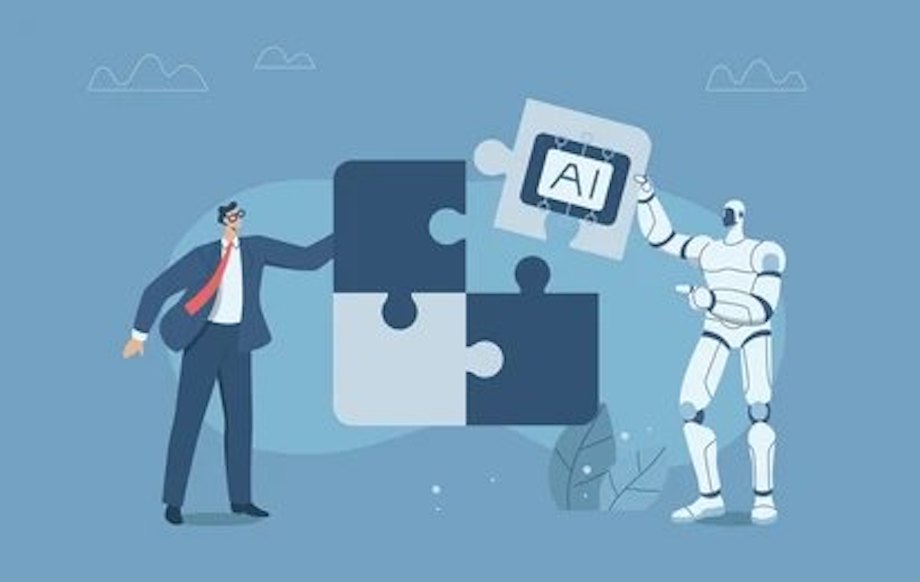“Would You Trust a Robot to Translate Your Legal Contract? The Answer Might Surprise You.”
Let’s face it—AI translation tools like Google Translate, DeepL, and ChatGPT have gotten scary good. Need a quick menu translation while traveling? AI’s got you. But when it comes to high-stakes documents—legal contracts, medical reports, or your company’s global marketing campaign—who do you really trust?
In 2025, the debate isn’t just about speed or cost—it’s about trust, accuracy, and cultural sensitivity. And the answer? It’s complicated.
So, let’s break it down.
1. The AI Revolution: Fast, Cheap… But Flawed?
AI translation has exploded in the last few years. Tools like Gemini 2.0, GPT-4.5, and Claude 3.5 now handle 130+ languages in seconds, and businesses are flocking to them for cost savings.
- Cost: AI translation averages $0.05 per word, while human translation costs $0.12–$0.25 per word (Weglot).
- Speed: AI translates 50,000 words in minutes—human translators take weeks.
- Volume: Google Translate processes 100 billion words daily—more than all human translators combined in a year (GetBlend).
But Here’s the Catch…
A 2025 study by Altakhaineh et al. found that human translators outperformed AI in legal document accuracy by 18%, especially in nuanced terminology and cultural adaptation (Language and Law EU).
AI still struggles with:
✔ Idioms & humor (Try translating “kick the bucket” into Arabic—AI fails miserably).
✔ Cultural nuances (A marketing slogan that works in the U.S. might offend in Japan).
✔ Legal/medical precision (One mistranslated term could cost millions—or lives).
Bottom line? AI is great for drafts, but humans fix the mistakes.

2. The Human Edge: Why Brains Still Beat Algorithms
“AI Translates Words. Humans Translate Meaning.”
A 2024 MIT study found that human translators scored 0.78 in semantic accuracy (COMET score) vs. AI’s 0.66—especially in low-resource languages like Finnish or Swahili (Translators.com).
Where Humans Dominate:
✅ Legal & Medical Docs – One wrong term = lawsuits or misdiagnoses.
✅ Marketing & Branding – AI can’t replicate emotional resonance.
✅ Cultural Adaptation – Humans catch taboos, humor, and local slang.
Example: A 2025 Forbes report revealed that 44% of businesses use AI for content—but still hire humans for high-risk translations (Forbes).
Why? Because trust isn’t built by machines—it’s built by people.

3. The Hybrid Future: Best of Both Worlds
“AI Does the Heavy Lifting. Humans Add the Polish.”
The winning strategy in 2025? A hybrid model:
- AI drafts the translation (fast & cheap).
- Human editors refine it (accurate & culturally tuned).
Results?
✔ 45% cost savings vs. pure human translation.
✔ 97% accuracy in enterprise localization.
✔ 40% faster workflows with AI-assisted post-editing.
Example: Companies like The Bradery use AI to translate 500+ products daily, then spend just 10 minutes/week on human tweaks—saving thousands in labor (Weglot).
4. Who Wins the Trust War in 2025?
The Verdict:
🔹 Use AI for: High-volume, low-risk content (emails, manuals, social media).
🔹 Use Humans for: Legal, medical, marketing, and culturally sensitive work.
🔹 Hybrid is King: The perfect balance of speed, cost, and accuracy.
Final Thought:
“AI is a tool, not a replacement. The future belongs to those who blend its power with human expertise.”

What’s Your Next Move?
👉 Let Linguibex Bridge the Gap!
At Linguibex, we don’t just translate words—we build trust across languages. Whether you need:
- Certified legal translators (100% compliant with global regulations)
- Cultural adaptation for your next ad campaign
- AI-human hybrid workflows to scale efficiently
…we’ve got your back.

